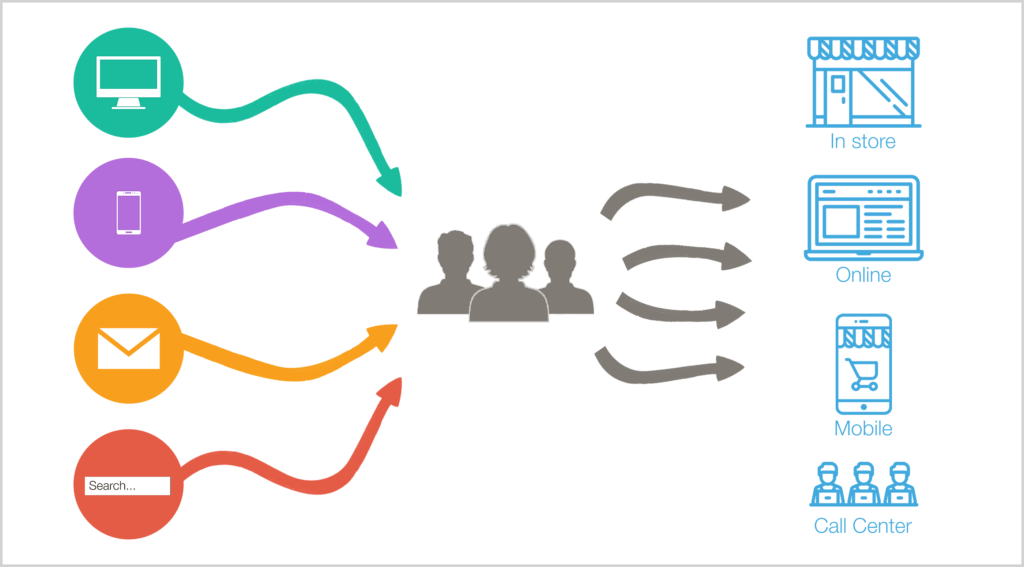
Attribution seems like the deep end of the pool in which no digital marketers want to swim. Mostly because it’s hard to know where to start, and we’ve built our collective lives around analyzing last click data.
If you can muster the courage to choose an attribution model in Google Analytics (besides the default last click), it can reward your business in many ways, including:
- Better budget allocation for paid media initiatives
- Better prioritization of content projects
- Better utilization of house lists, email and social alike
It would help if you began somewhere. Usually, that means moving away from the last click. Literally, any other attribution model tells a more complete story about your marketing efforts than last click attribution, because it takes away credit from the “Direct” channel.
Direct is notorious for swooping in when a customer has already been sold on your product or service by other marketing work and stealing credit for the conversion at the last stage of their journey.
So where do you go from the last click? Depends on what you sell and how long your sales cycle is.
Choosing an Attribution Model in Google Analytics
Instead of going through the models themselves, we’re going to start with your business type and back out to a model.
NOTE: This post assumes knowledge of Google Analytics’ Model Comparison Tool and a basic understanding of digital attribution models. Brush up on those concepts here before diving into our recommended models for each business type.
Subscription Service
If you’re running a subscription service business that depends on recurring revenue and ongoing engagement with your product, you might be one of the only companies fit for a straight-up Linear attribution model.
Think about it: A model that treats all touches equally rewards the first click for driving awareness, middle clicks for driving repeat visits and continued engagement, and last clicks for driving sign-ups after a free trial.
We surveyed the data on subscription service clients and found that, on average, Linear model applications boosted all channels except for Direct and Email (probably because subscription email lists are primarily people who have already subscribed):






